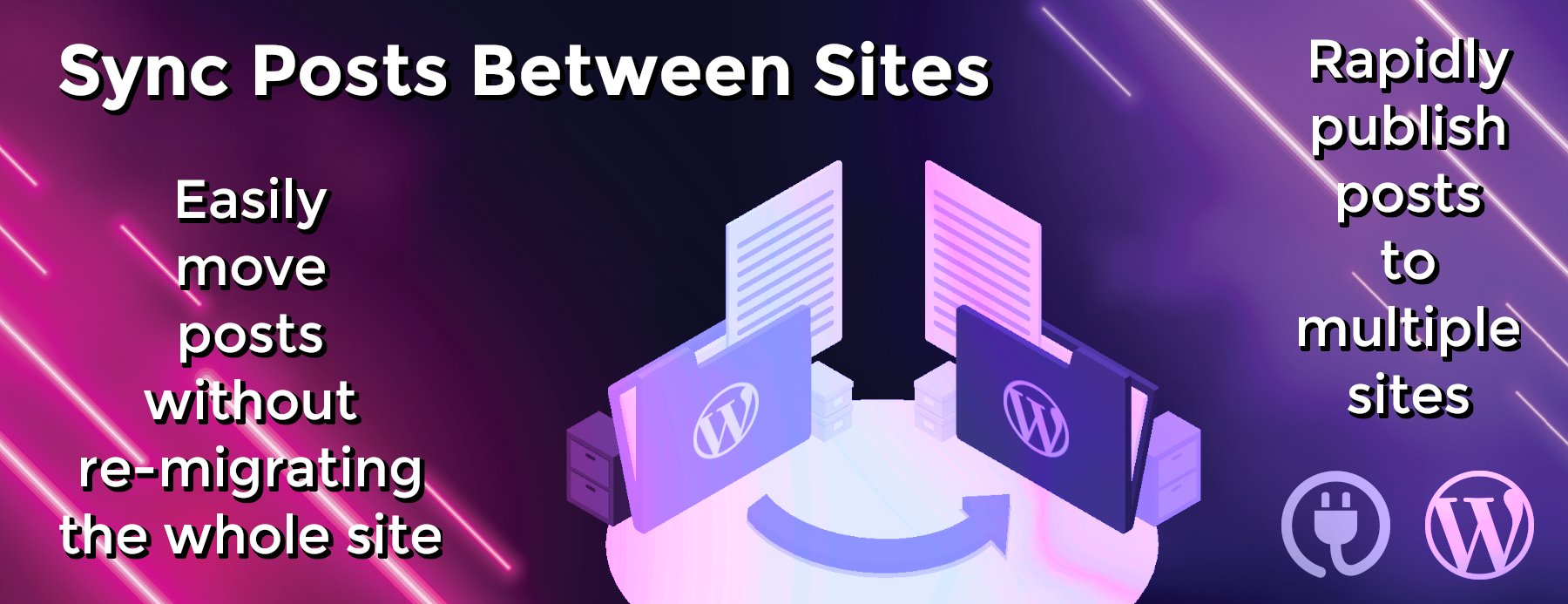WordPress Themes vs. Designing From Scratch vs. Portfolio Sites
There is a debate about what is the best way to show one’s creative work to clients. Web designers, graphic designers, illustrators and photographers struggle with the question of what is best for ME? Throughout the painful quandary, there is the nagging anxiety of what other creatives will think of a person’s web site. The truth is, it shouldn’t matter what other creatives think of your site. It’s not a competition – it’s about reaching prospective clients and having the clear message about why they should hire YOU!
In art school and certainly in my professional career, I have been constantly reminded that it is the client as the end user. Please the client, make it easy for them to see the message and get it right away. When I worked in magazine publishing, the desire to use grunge fonts was compelling but, as driven by the choices of editors and marketing people, grunge was unreadable and although pleasing to designers, it was quite true that the average person would not like something hard to read and skip over that article or advertisement. It’s not easy to separate one’s creative desires with what is needed for marketing reality. Often creatives fight the advice or direction of marketing people’s suggestions – and yes, they can be power-plays and ego trips at times but often there is a vision that is more that of the average consumer/reader/user then it is of the creative vision of beautiful design.
Jim Carrey’s site is wild, wacky, high tech and really hard to navigate. Does he really need to be sold as a product?
It is of the utmost importance to learn, “what will sell my work to the client?” All the kudos in the world from your peers will not help your career or increase sales. Having your web site spotlighted on a design blog or magazine will not reach clients. The saying, “living well is the best revenge” is akin to what you must do with your site – please those who are NOT creative – the clients.
RELATED: Content Management with Geeklog
If you’ve ever posted a creative piece and asked fellow creatives what they thought, you’ll get as many different opinions as there are voices giving them. Ignore it all. What makes other creatives right? When a prospect contacts you and says, I saw the work on your web site and want to hire you, that is the mark of a successful web site.
Why WordPress Themes Have Become Popular
People find the familiar comfortable. Why are the best selling electronics similar in how their controls are engineered and laid out? Because the consumer wants something they already know how to use. Electronic and car manufacturers found this out a long time ago and that is why you know, almost by second nature, how to turn on your TV and start your car. You can do it with your eyes closed.
WordPress, just to get the technical jargon out of the way, is a free (although many themes are for sale, too – some are free but charge for support) and open source blogging tool and publishing platform powered by PHP and MySQL. It is often customized into a content management system (CMS). It has numerous features including a plug-in architecture and a template system. WordPress is used by over 14.7% of Alexa.com Internet’s “top 1 million” websites. If you doubt the popularity, figures claim that as of August 2011, it powers 22% of all new websites and is currently the most popular CMS in use on the Internet.
WordPress has a rich plugin architecture, which allows users and developers to extend its functionality beyond the features that come as part of the base install. WordPress has a database of over 17,000 plugins with purposes ranging from SEO to adding widgets. It has native applications that make it mobile friendly as well as search engine-friendly with a clean permalink structure. You may have noticed that the popular design blogs all use WordPress.
RELATED: Making Your Own Custom Joomla CMS Theme
Hundreds of WordPress themes are available and fairly easy to build with a little coding know-how. Many sites, being blog-centric opt for these themes.
Generally, WordPress themes are clean and well designed but it has, as mentioned, familiarity of use and is easy for designers, photographers, illustrators and web developers to use for personal sites. The ease of use as well as the ability to update information, new samples, link to Twitter and RSS feeds is very attractive to creatives who also use social media for marketing purposes.
Once you’ve plugged a WordPress theme into your hosting site, it’s easy and intuitive to change the preset widgets, headers and other elements.
All of this, of course, is why WordPress is also attractive to small businesses as it negates the need to hire a web designer (although professional design is still needed to arrange columns, widgets and to keep prancing glitter unicorn gifs off the web).
The Downside Of Themes and Templates?
There are only so many themes in the WordPress library, so you will share the same theme as a million other people. Most are simple enough that it won’t matter but some of the more unusual themes stand out and people will recognize that you have a pre-designed template. Only you can decide if it truly matters to you. The content on your site will differentiate your site from others; so don’t fret too much about using one of the more popular themes.
Despite the user-friendly nature of templates, some people just can’t manage the simple HTML to fill out fields and make them look good. As a creative, this will not inspire prospects to trust your abilities.
The Delicate Balance
The challenge in creating your own site from scratch is that you must have many strengths. You can be the greatest programmer but not very good at designing type. Like the best team environments at any art studio, the best teams play to the strengths of each team member. Put together a team of a designer, programmer, type designer, someone with a great color sense and you can have a web site that will grab attention. There are too many examples out there of really bad web sites created by people who have one or more strength but not all needed for an impressive site. Starting with a theme or template can inspire you and, most of all, give your prospects an easy to use avenue to view your design samples with links, your own words on the project (many prospects and art directors also want to hear/see the stages in developing a design and the thought process behind it) and sections to divide different types of work you can accomplish.
RELATED: Why the Obamacare Website Failed in So Many Ways
Another great thing about WordPress themes is that if one isn’t working for you, you can replace it with another and most of your content will automatically fall into place. Sometimes you just need to test a theme or two until you strike a cord with clients.
Only you, with some honest soul searching, can decide what is best for you. Think about how you feel about your own site. Do you have doubts? Are you REALLY proud of it and feel it’s your best work? Sometimes, you just need to use another avenue to show the work that you have created – the work of which you are really proud. As mentioned before, other creatives might turn up their noses at the use of a template – as they might do for a site you created from scratch, but in the long run, they don’t pay your bills and they don’t lie awake at night, worrying how you’ll be able to sell your work to the clients who help you pay those bills!
Some sites that have free themes for you to download.
http://www.wordpressthemeshock.com/free-wordpress-themes/
http://wordpressthemesgallery.org/
http://www.fabthemes.com/
http://www.wpskins.org/




